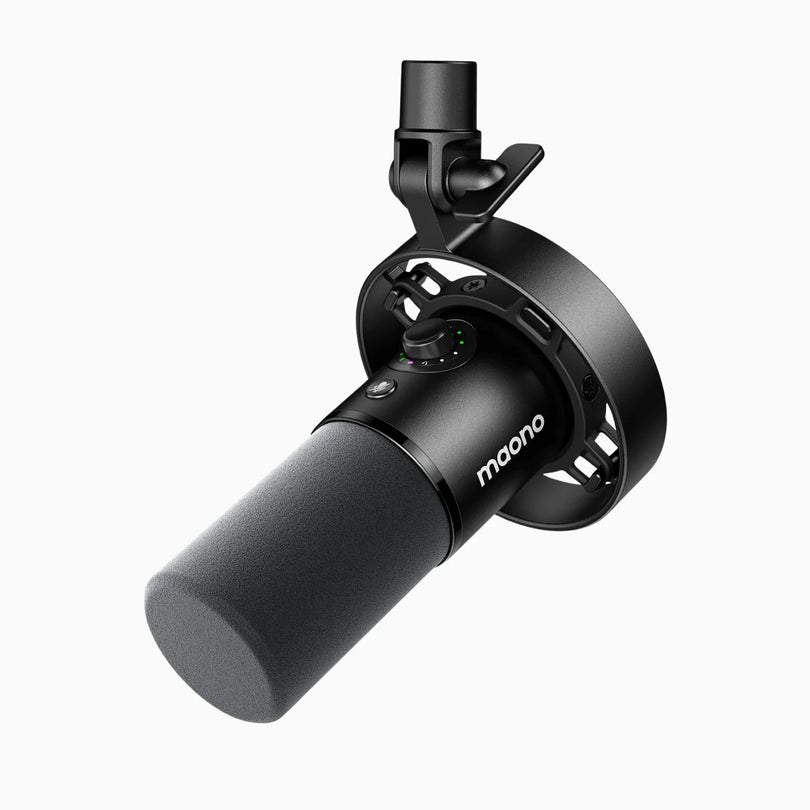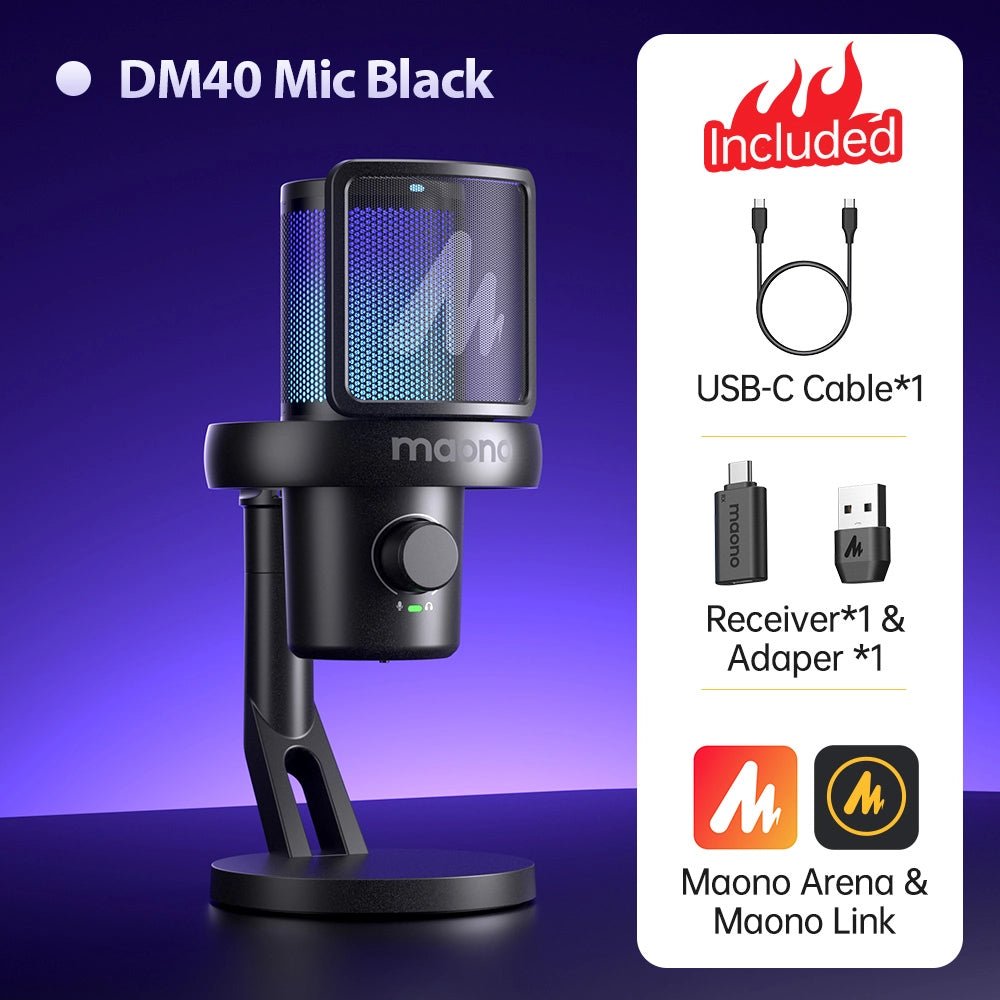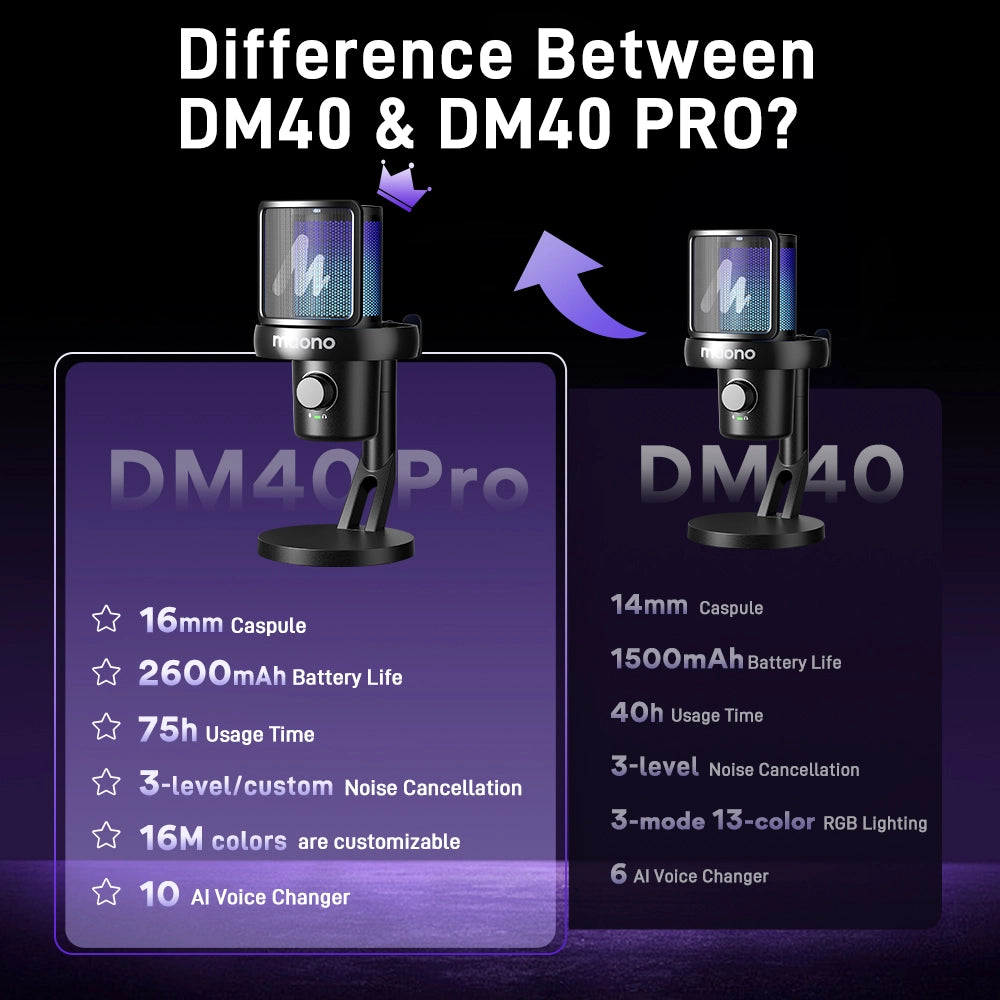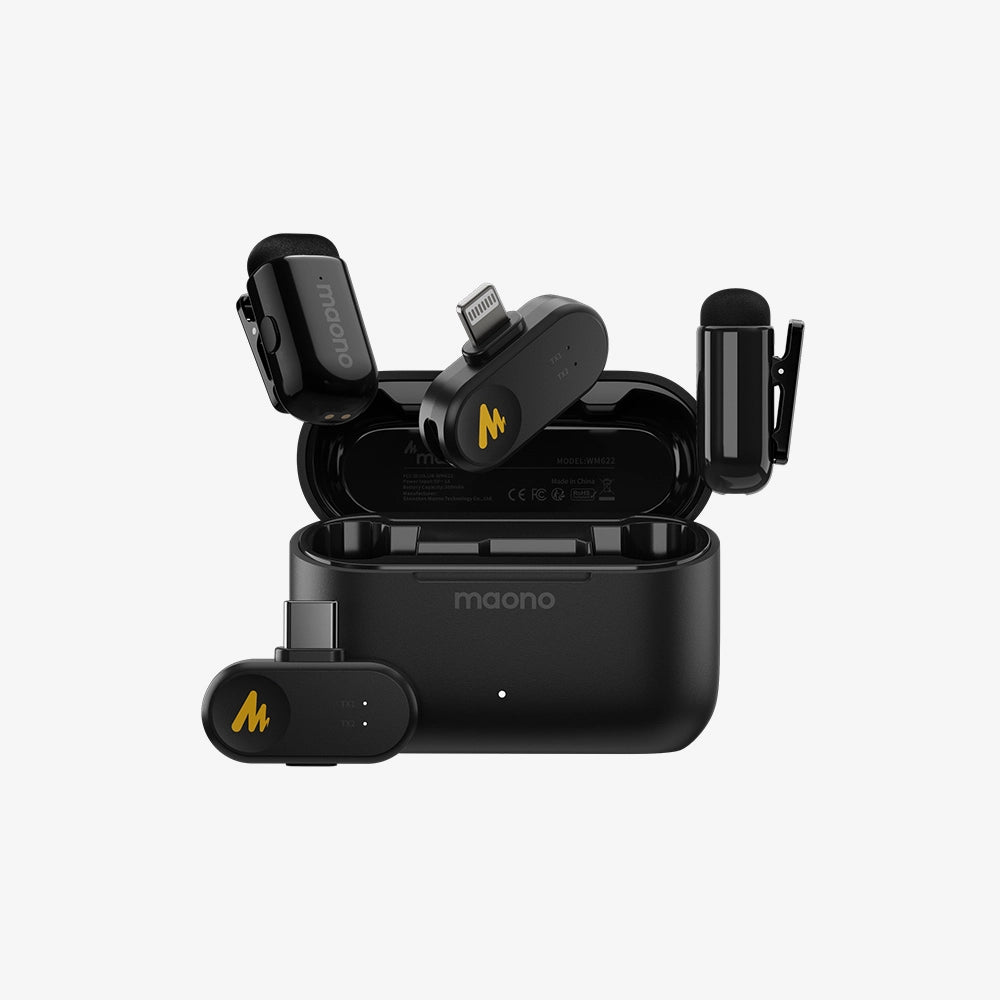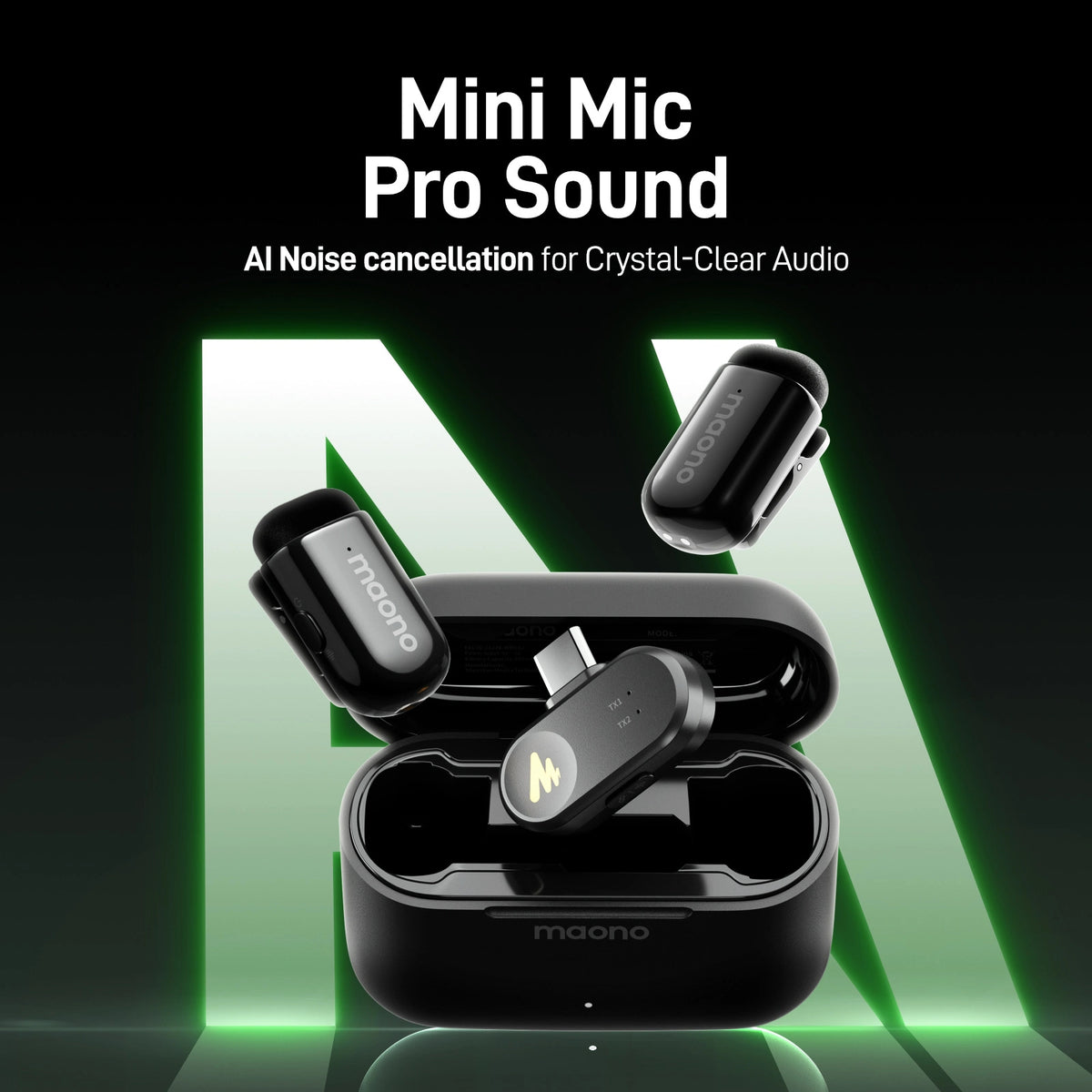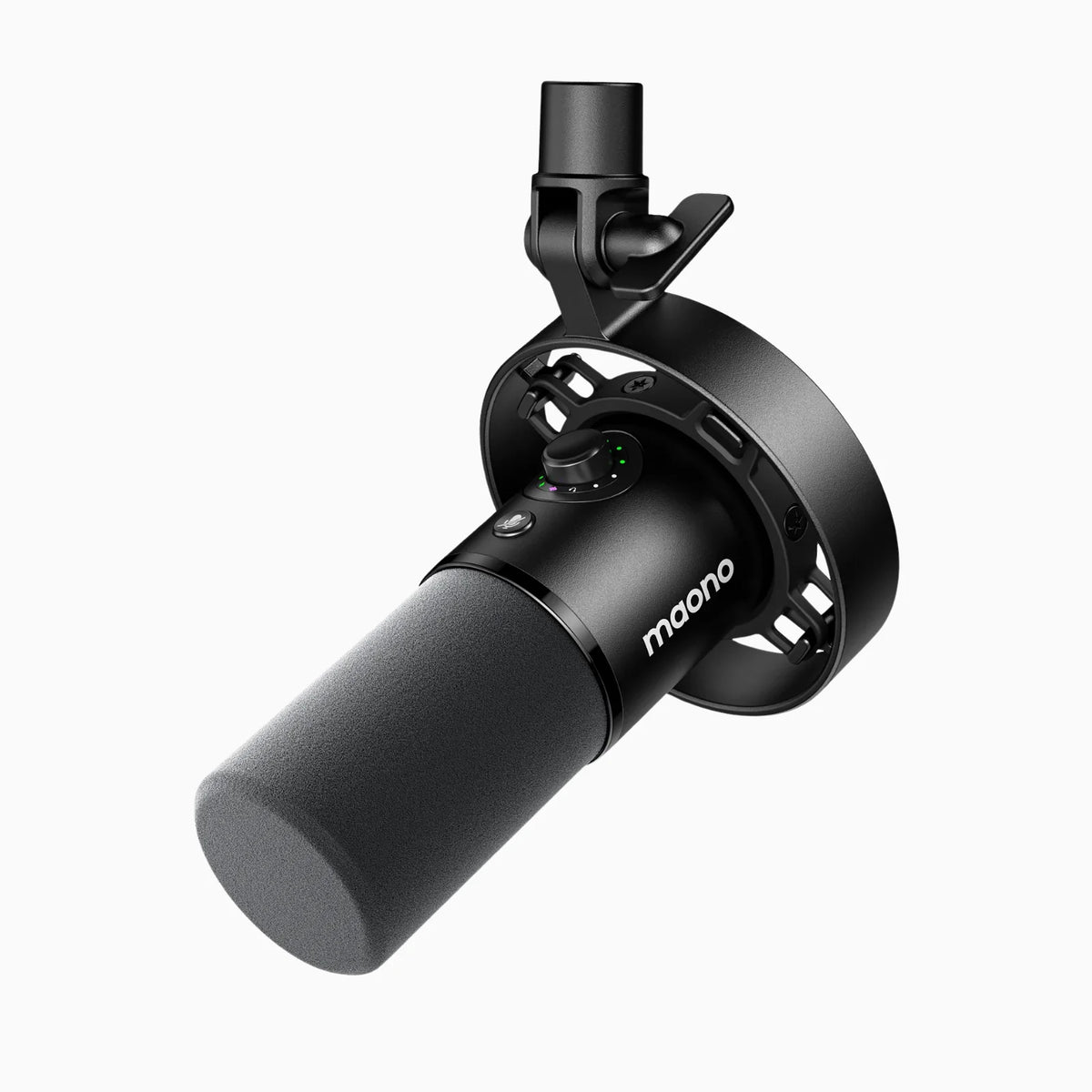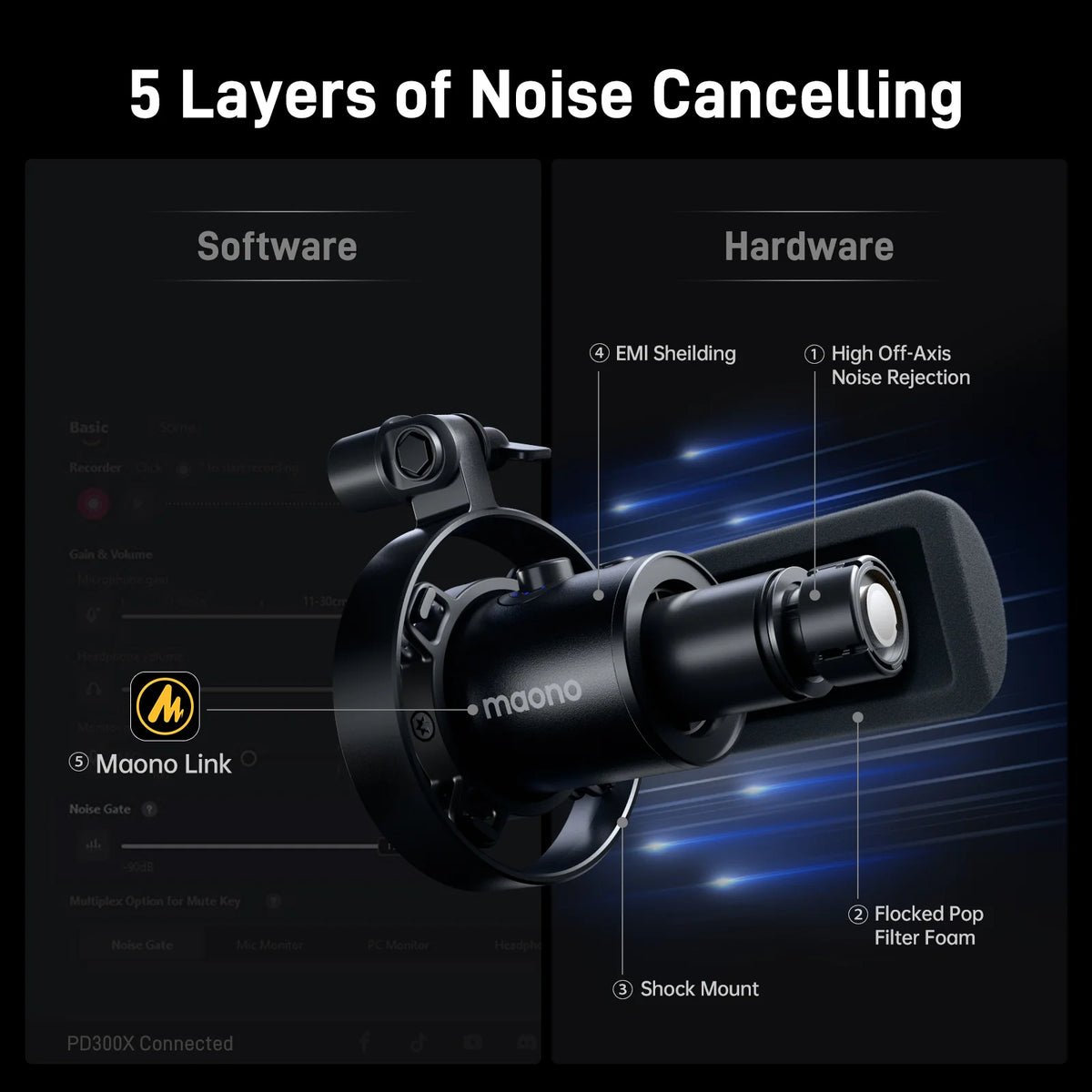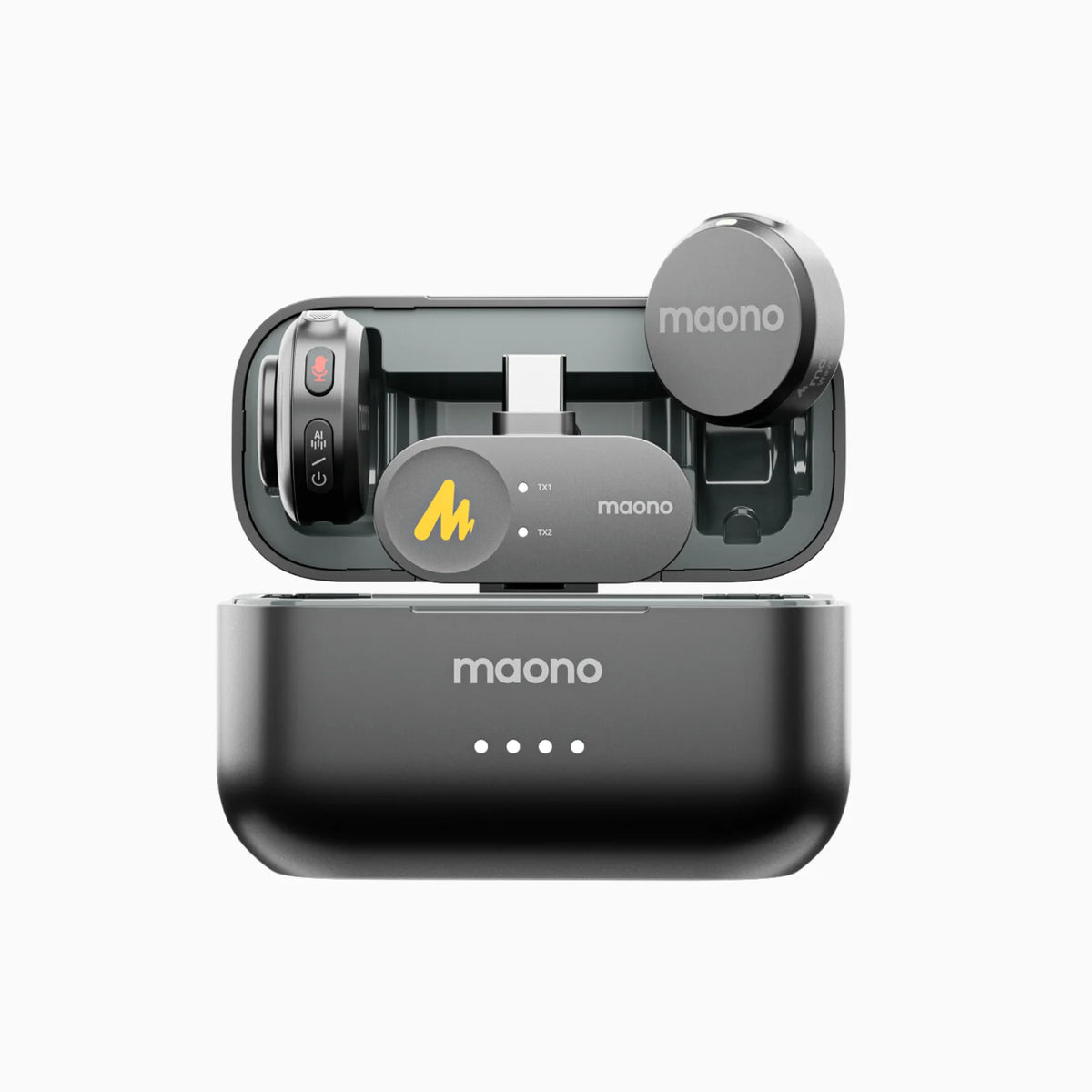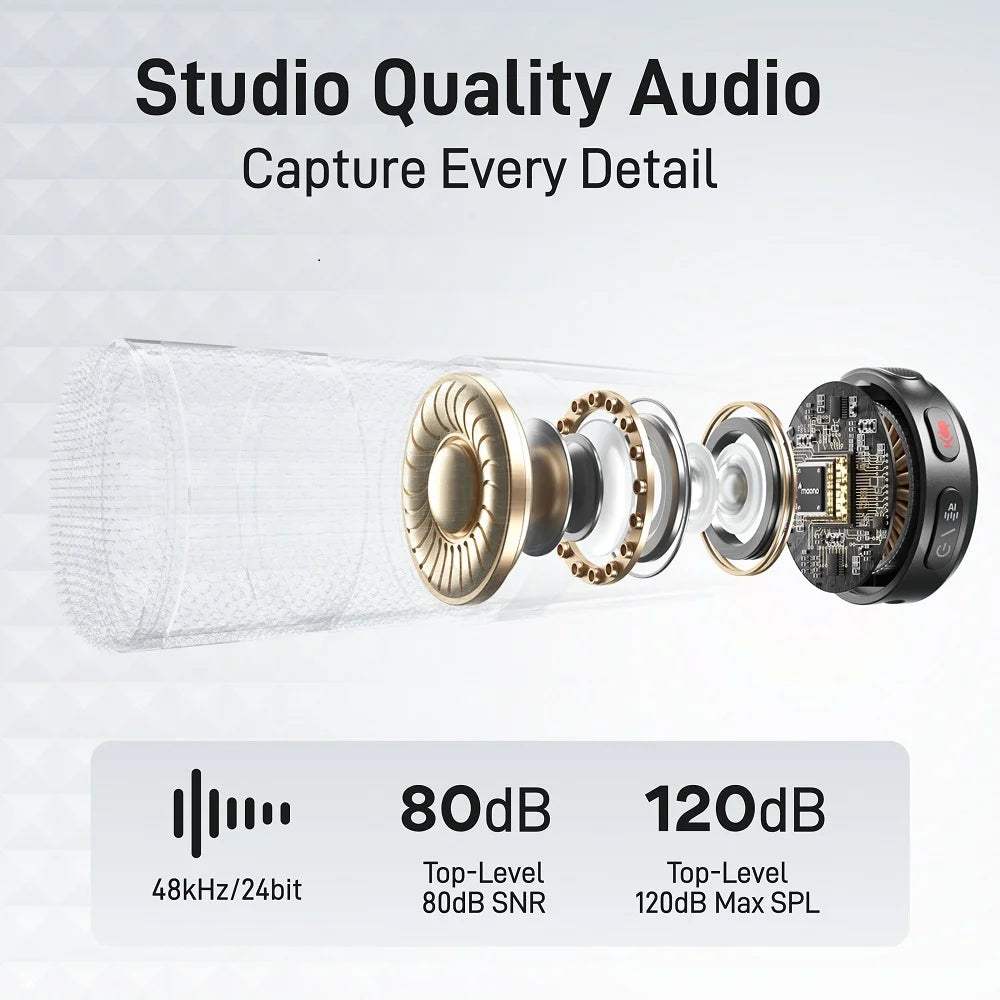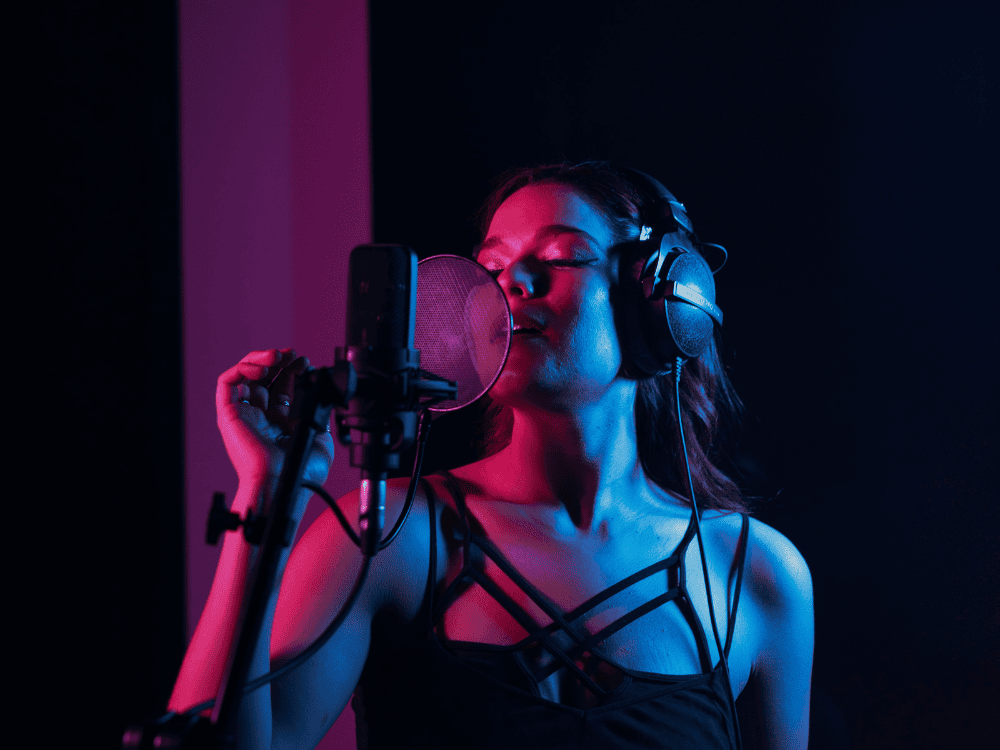Selecting the right microphone is crucial for achieving high-quality audio recordings, whether you're a musician, podcaster, gamer, or content creator. Condenser microphones are known for their sensitivity and accuracy, making them popular among professionals and hobbyists.
Condenser microphones, which can capture a wide frequency range and provide detailed, accurate sound, are typically used in studio settings. They are favored for their sensitivity and low self-noise, making them ideal for capturing nuanced performances. Understanding the different types of condenser microphones and their specific applications is essential for making an informed decision. This comprehensive guide will help you understand the various types of microphones, their advantages and disadvantages, and how to choose the right condenser microphone for your needs.
Mic Types
Understanding the differences between these types of microphones is essential to making an informed decision.
Condenser Microphones
Condenser microphones are known for their ability to capture a wide frequency range and provide a detailed, accurate sound. They are typically used in studio settings and are favored for their sensitivity and low self-noise.
Dynamic Microphones
Dynamic microphones are robust and less sensitive than condenser microphones, making them ideal for live performances and environments with high background noise. They can handle high sound pressure levels, making them suitable for capturing loud sounds without distortion.
Ribbon Microphones
Ribbon microphones are less common but offer a unique sound quality, often described as warm and natural. They are fragile and require careful handling but can produce excellent results, especially for recording vocals and acoustic instruments.
Quick List of Recommended Condenser Microphones
- Rode NT1-A
- Rode NT5
- Rode NTK
- Maono PM450S
- Maono DM50
FAQs
-
What are the Different Types of Condenser Microphones?
- Large-diaphragm Condenser Microphones: Known for their warmth and richness, these microphones are ideal for vocals and studio recordings. Recommendation: Rode NT1-A
- Small-diaphragm Condenser Microphones: These microphones are known for their accuracy and fast transient response, making them perfect for recording instruments. Recommendation: Rode NT5.
- Tube Condenser Microphones: These microphones use vacuum tubes to add warmth and character to the sound. Recommendation: Rode NTK
- Shotgun Microphones: A type of condenser microphone designed for capturing audio from a distance, often used in film and video production.
- USB Condenser Microphones: These are plug-and-play microphones that connect directly to a computer, making them convenient for home studios and portable setups.
- Recommendation:

Maono PM450S USB Condenser Microphone
Mic Type: Condenser
Frequency Response: 20Hz - 20kHz
Polar Pattern: Cardioid
Connectivity: USB
Pros:
- Plug-and-play USB connectivity
- High-quality sound recording
- Built-in pop filter
- Durable metal construction
- Comes with a shock mount and a scissor armstand
Cons:
- No XLR connectivity option
- Limited to cardioid polar pattern
- Might pick up background noise in untreated rooms
-
Price: Approximately $169.99
Notable Features: - Built-in pop filter to reduce plosives
- Sturdy metal construction for durability
- Includes a shock mount and scissor armstand
- Zero-latency monitoring with headphone jack
Description: The Maono PM450S is a USB condenser microphone designed for high-quality sound recording. It features a cardioid polar pattern, making it ideal for recording vocals and instruments while minimizing background noise. The built-in pop filter helps to reduce plosive sounds, and the sturdy metal construction ensures durability. This microphone comes with a shock mount and a scissor arm stand, providing a complete setup for recording at home or in the studio.

Maono DM50 USB Condenser Microphone
Mic Type: Condenser
Frequency Response: 30Hz - 18kHz
Polar Pattern: Cardioid
Connectivity: USB
Pros:
- Affordable price
- Easy USB connectivity
- Good sound quality for its price range
- Compact and portable design
Cons:
- Limited frequency response range
- Plastic construction may not be as durable
- No additional accessories included
-
Price: Approximately $129.99
Notable Features: - Compact and portable design
- Plug-and-play functionality
- Integrated volume control knob
Description: The Maono DM50 is a budget-friendly USB condenser microphone that offers good sound quality for its price. With a cardioid polar pattern, it effectively captures the sound from the front while reducing background noise. The compact and portable design makes it easy to use in various settings. Although it has a more limited frequency response range and plastic construction, it remains a solid choice for those looking for an affordable microphone for basic recording needs.
2. What Are the Advantages of a Condenser Microphone vs a Dynamic?
- Wide Frequency Response and Low Self-noise: Condenser microphones produce very accurate audio with a wide frequency response and low self-noise, making them ideal for studio recordings.
- Less Gain Required: They require less gain to achieve a good recording level, which means they can capture quieter sounds more effectively.
- Higher Sensitivity: Condenser microphones are more sensitive, making them ideal for recording at a distance or capturing subtle nuances in performance.
Typical Use Cases of Condenser Microphones:
- Studio: Condenser microphones are widely used in studio environments for recording vocals, acoustic instruments, and detailed soundscapes.
- Soundproofed Studio: In a soundproofed studio, the sensitivity and accuracy of condenser microphones can shine, capturing every detail with precision.
- When to Choose Dynamic Over Condenser Microphones
- Recording Environment Lacks Soundproofing: If your recording environment lacks soundproofing, a dynamic microphone's lower sensitivity to background noise makes it a better choice.
- Live Performance Scenario: Dynamic microphones are more durable and can handle the rough conditions of live performances.
- Handling and Movement: If you plan on handling the microphone and moving around, dynamic microphones are more robust and less prone to handling noise.
More Common Questions
-
What is a dynamic mic?
- A dynamic microphone uses a diaphragm, coil, and magnet to convert sound waves into an electrical signal. They are known for their durability and ability to handle high sound pressure levels.
-
What are the parts of dynamic microphones?
- Dynamic microphones consist of a diaphragm, a voice coil, a magnet, and housing that holds these components together.
-
What is a condenser mic?
- A condenser microphone uses a diaphragm placed close to a backplate to form a capacitor. When sound waves hit the diaphragm, it changes the capacitance, converting sound into an electrical signal.
-
What are the parts of Condenser Microphones?
- Condenser microphones have a diaphragm, backplate, power supply (often phantom power), and housing that encases these components.
-
Dynamic vs Condenser: Which one is better for Gaming and Streaming?
- The choice between dynamic and condenser microphones depends on your streaming space or gaming setup. Dynamic microphones are better for noisy or untreated environments, while condenser microphones excel in quiet, controlled spaces.
Guidelines on Choosing Between a Condenser Mic and Dynamic Microphone
- Environment and Background Noise
- Dynamic Mic: If your gaming space is prone to background noise or is in a loud environment, a dynamic mic is preferable due to its lower sensitivity to ambient sounds.
- Condenser Mic: In a quiet and controlled environment, a condenser mic is a better choice as it can capture more detail and nuance.
- Reverberation
- Dynamic Mic: Dynamic mics are less sensitive to room acoustics, making them suitable for rooms with high levels of reverberation.
- Condenser Mic: Condenser mics are more sensitive to reverberation, so they are ideal for well-treated, soundproofed rooms where they can reproduce a more natural sound.
- Mobility and Durability
- Dynamic Mic: If you move a lot or anticipate handling the mic frequently while gaming or streaming, a dynamic mic's rugged construction can withstand rough handling and impacts.
- Condenser Mic: Condenser mics are more sensitive to impacts and require careful handling to prevent damage to their internal components.
- Gaming Setup Complexity
- Dynamic Mic: If you're using an audio interface or mixer, a USB/XLR dynamic mic with built-in phantom power is a good choice. For example, Maono offers a game streaming bundle with an interface.
- Condenser Mic: If you don't plan to use an interface, a USB condenser mic is easy to set up and perfect for beginners.
Conclusion
Choosing the right condenser microphone requires careful consideration of your recording environment, intended use, and personal preferences. Condenser microphones offer high sensitivity and accurate sound reproduction, making them ideal for studio recordings and controlled environments. Dynamic microphones, on the other hand, are robust and less sensitive to background noise, making them suitable for live performances and noisy environments. Understanding the differences between these microphones and considering your specific needs will help you make an informed decision. Whether you're recording music, streaming, or creating content, the right microphone can significantly enhance your audio quality and overall experience.




